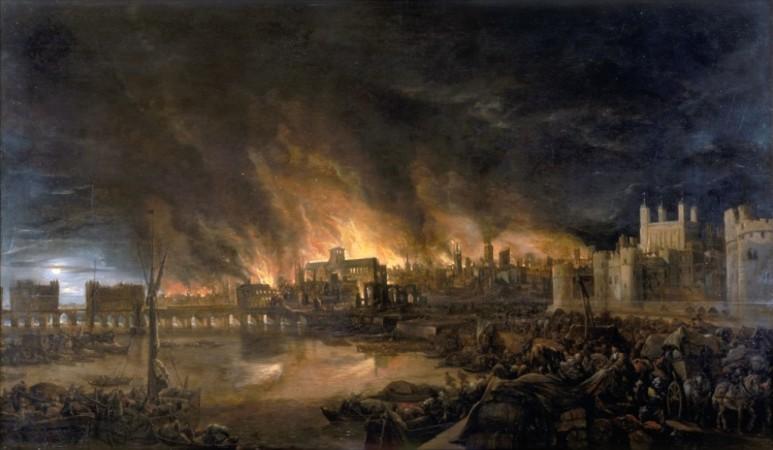At least six people have been declared dead in the huge fire that engulfed Grenfell Tower in London on Wednesday and Metropolitan Police have said that the numbers are likely to rise. Over 200 firefighters are at the spot with nearly 40 engines tackling the fire. The tower is 24 storeys high and is home to between 400 and 600 people.
Recent reports reveal that the concern regarding fire safety had remained all along. David Collins of the Grenfell Tower residents' association says that residents concerns about fire safety were ignored.
"We repeatedly reported concerns to the tenant management organisation of the Royal Borough of Kensington and Chelsea, including fire safety concerns which were not investigated during the regeneration works. Concerns over locations of boilers, concerns about escape, concerns about fire escape lighting, the list goes on," Collins told BBC.
"I spoke to councillors and they refused to investigate. Around 90 percent of the residents had signed an independent petition asking for there to be an investigation into the organisation that runs this building because they were so incompetent. And the council turned it down," he added.
While people in London continue to grieve the fire, their tweets reopen the doors to the past. Twitterati is all gaga about "The Great London Fire" of 1666. People are not hesitant to question if Wednesday's fire is "The Great Fire of London 2.0"
While some mock the situation by calling it a sequel, there are others who wish that the incident stayed consigned to history books and the current situation was brought back to perspective.
Some people are also calling media's attempts for headlines "cheap."
What was The Great Fire of London?

For years there had been warnings on London being destroyed by fire. In September 1666, England's capital city of London was devastated by a fire.
Fires in London were common, even inevitable, taking into account the fact that the capital was largely a timber construction. For years London had been receiving prophecies about total destruction by fire: in 1559 Daniel Baker had predicted London's destruction by 'a consuming fire'. In April 1665, Charles had warned the Lord Mayor of London of the danger caused by the narrow streets and overhanging timber houses. Furthermore, a hot summer had left London dry and drought had depleted water reserves. Yet that was not their greatest fear then, as 68,000 people had already died of plague in the two years prior to the London fire of September 1666.
All that was needed was a spark which was provided at the house of Thomas Farynor, the king's baker in Pudding Lane, near London Bridge, say reports. At 2 am on September 2, his workman smelled smoke and woke the household. With narrow streets dividing wooden buildings, the fire took control rapidly, and within an hour the Mayor, Sir Thomas Bloodworth was informed about the same. By the following dawn, the fire kept raging north and west. Militias were summoned to douse this hungry fire. But the flames continued devouring Gracechurch Street, Lombard Street, the Royal Exchange, and heading towards the wealthy area of Cheapside. By mid-afternoon, the smoke could be seen from Oxford, and Londoners had begun to flee to the open spaces of Moorfields and Finsbury Hill, said reports.

















